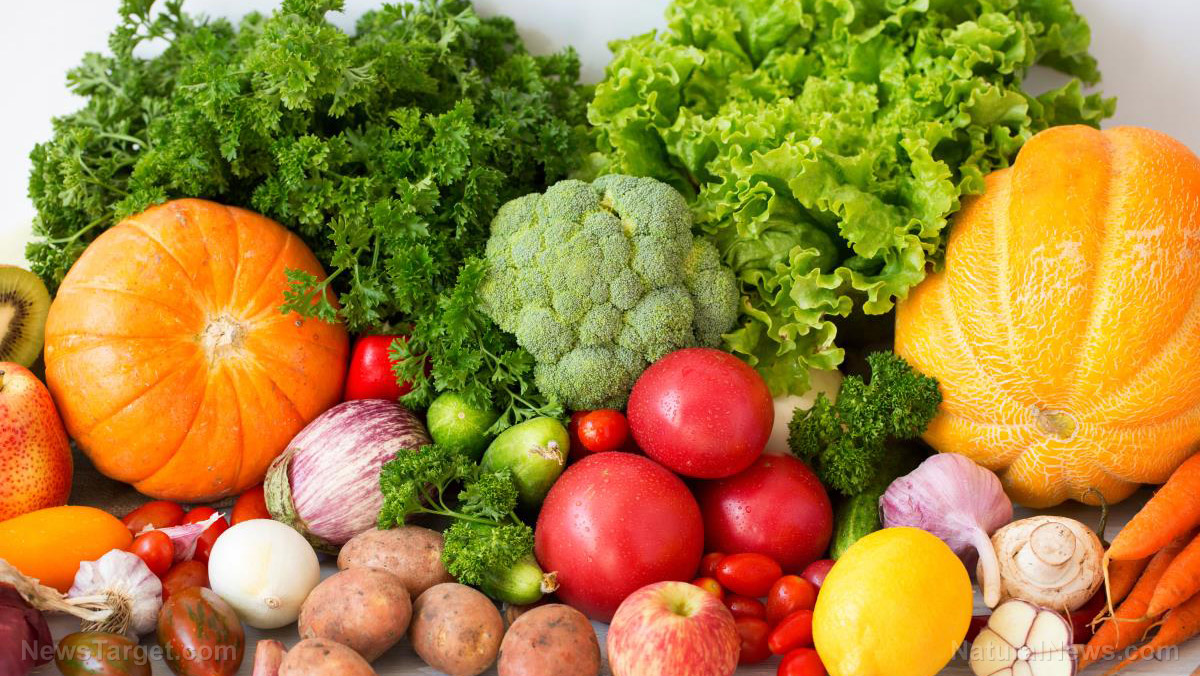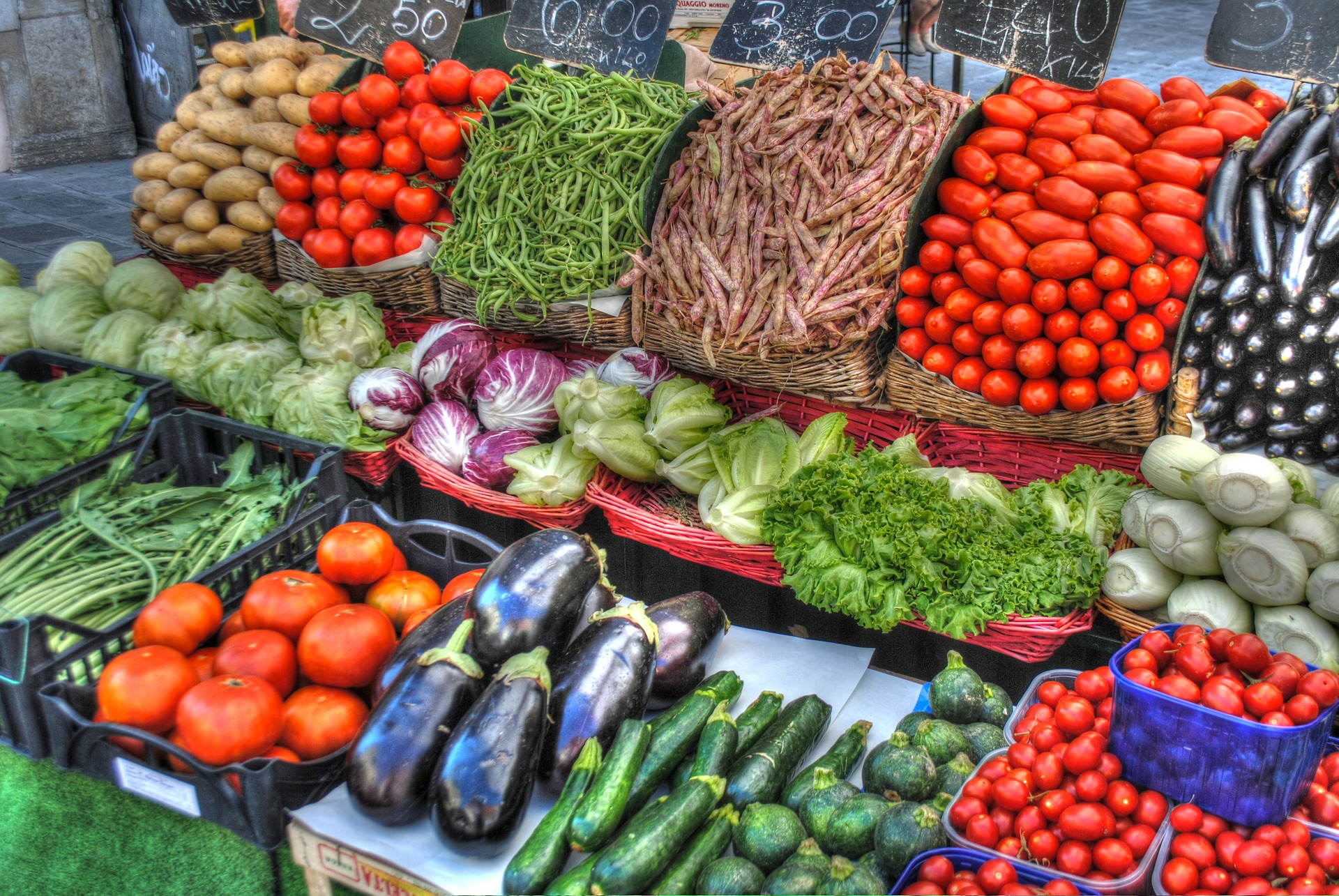"Vegetables II" explores the botanical families that have shaped human diets and agricultural practices for centuries
- The book, edited by Jaime Prohens and Fernando Nuez, delves into the Fabaceae, Liliaceae, Solanaceae and Umbelliferae families, offering insights into their roles in human diets and agriculture and showcasing the authors' meticulous research and expertise.
- A collaborative effort by experienced breeders and researchers, the book is authored by renowned experts in crop study and improvement, providing a detailed and authoritative account of these essential vegetables.
- Organized into eight chapters, the book systematically covers each of the four botanical families, highlighting their shared characteristics, breeding techniques and agronomic features, making it a valuable resource for breeders and researchers.
- The book provides a historical journey of these vegetables from domestication to modern-day staples, illustrating their enduring importance. It also explores the science of breeding, emphasizing the use of new biotechnologies like molecular markers and genetic transformation to enhance crop qualities.
- "Vegetables II" serves as a tribute to the complexity and artistry of vegetable breeding, inviting readers to appreciate the rich history, science and innovation behind these crops. It is a must-read for breeders, researchers and vegetable enthusiasts seeking to deepen their understanding and appreciation of these vital plants.
"
Vegetables II: Fabaceae, Liliaceae, Solanaceae, and Umbelliferae," edited by Jaime Prohens and Fernando Nuez, is a comprehensive exploration of the botanical families that have shaped human diets and agricultural practices for centuries. Released to an audience eager for insights into the science and history of these essential vegetables, the book is a testament to the meticulous research and expertise of its authors.
The book is a collaborative effort that brings together the knowledge of experienced breeders and researchers. The authors, renowned in their field, have dedicated their careers to the study and improvement of crops, making them uniquely qualified to present this detailed account.
The book is meticulously organized into eight chapters, each focusing on one of the four major botanical families: Fabaceae (also known as Leguminosae), Liliaceae, Solanaceae and Umbelliferae (sometimes called Apiaceae). This classification is not arbitrary; it reflects the shared characteristics and breeding techniques that unite plants within these families. As the authors explain, "Plants from the same family often share similar reproductive, physiological and agronomic features, which makes it easier for breeders and researchers to study and improve these crops."
This structured approach allows readers to delve deeply into the specific traits and challenges associated with each family. For instance, the chapter on Fabaceae delves into the history and domestication of legumes, their varietal groups and the genetic resources that have been harnessed to enhance their qualities. Similarly, the chapter on Solanaceae explores the origins and breeding achievements of
crops like tomatoes, peppers and eggplants, which are staples in cuisines around the globe.
One of the book's most compelling features is its historical perspective. It traces the journey of these vegetables from their early domestication to their current status as dietary staples. For example, the authors reveal that garden peas, a common sight in modern kitchens, were once a luxury item. By the 1500s, they were well established and considered a premium crop, transported over long distances to adorn the tables of the elite. By the end of the 1800s, Sutton's vegetable seed list featured 15 pages devoted to 44 different pea varieties, showcasing the crop's popularity and diversity.
This historical context is not just a nod to the past; it underscores the enduring importance of these crops. As the authors note, "The persistent popularity of peas today can be attributed to their relative
ease of cultivation and storage, extended period of harvesting and, of course, their delicious taste when freshly picked and cooked." These qualities have ensured their place in diets across all cool temperate regions of the world.
Beyond history, the book delves into the intricate science of breeding. It highlights the integration of new biotechnologies into breeding programs, emphasizing the use of molecular markers, genetic transformation and other advanced techniques. These innovations are crucial for improving yield, quality and resistance to diseases and pests. As the authors state, "It's a testament to the dedication and innovation of breeders who are constantly striving to enhance these crops."
"Vegetables II" is a call to appreciate the
complexity and artistry of vegetable breeding. It invites readers to explore the rich tapestry of history, science and innovation that underpins the crops we often take for granted. Whether you are a breeder, a researcher, or simply a lover of vegetables, this book offers a wealth of information and insights that will deepen your understanding and appreciation of these incredible crops.
Learn more about the book "
Vegetables II" by watching the video below.
This video is from the
BrightLearn channel on Brighteon.com.
Sources include:
Brighteon.ai
Brighteon.com
 Parler
Parler Gab
Gab










